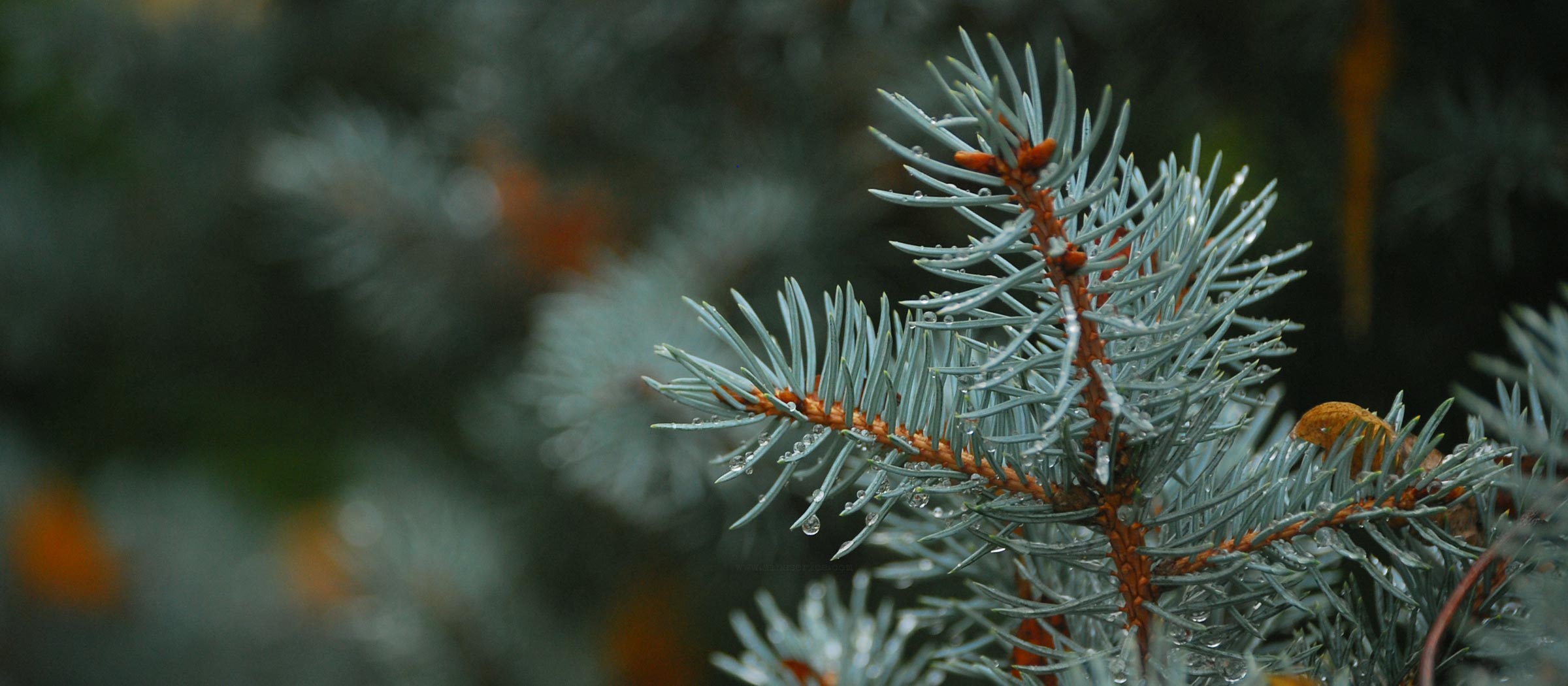We’re all Made of Dust (An ode to Humus)

- Words by
- Alisa Bryce
- Illustration by
- Ameli Tanchitsa
In the beginning there was The Word. And that word was Humus. The avid gardener understands humus as the rich, dark material in a “good black soil,” they say holding a handful in their palms and inhaling the fresh scent of actinomycetes (that ‘earthy’ smell). Humus is light, spongy to touch, and leaves a faint stain on your palms as a thank you for your close examination and respect.
Humus is broken down organic matter that no longer resembles the plant or animal it once was. It is a very useful being; it stores nutrients, water, and improves soil structure. In the form of peat it is fuel for humans.
But ‘humus’ meaning the organic component of a soil wasn’t coined until the late 18th century. Before this humus was the Latin word for earth/ground/soil. The root ‘hum’ is found in a few words related to the soil – human, exhume. After all, ‘Man’ was made from dust.
Then there are ‘humble’ and ‘humiliate’ – lowly words implying an unwanted closeness to the ground. At some point in history soil became a bad thing. Soil as ‘dirty’ – to soil one’s pants or dirty the floor – is only a 1000 – 1500-year-old concept. ‘Dirt’ is an Old Norse word meaning excrement. Soil comes from the Old French ‘soillier’ meaning to wallow, and later ‘foul’ or ‘make dirty’.
Earlier in human history, however, soil and earth meant life. And they should, for soil and life coevolved.
About 2.3 billion years ago the world was ruled by photoautotrophs, tiny photosynthetic organisms that formed reams of microbial mats on the shorelines of Earth’s rocky surface. Here they nestled happily, inhaling CO2 and exhaling O2, dying in hoards while creating an oxygenated atmosphere above and a build-up of organic matter below. In time this organic matter mixed with eroding rock and the first soil was made.
Earth’s first soil was like an advanced form of moon soil. It was granular and to the untrained eye probably looked like soil. But it was bad at holding water and nutrients and could not support larger life forms. For life to get out of the water and onto land the enterprising lichen was needed. Lichens are very hospitable; they form symbiotic relationships with algae who can photosynthesise to provide energy, and fungi to collect water. Today lichens are one of the most adaptable species on earth, able to survive on bare rock by excreting organic acids that erode the rock and release nutrients.
Over 2 billion years ago the lichen-algae-fungi trio used the same process – weathered the rocks, released nutrients, added water and organics, and paved the way for life to move onto the land.
And so soil and life coevolved.
Very quickly plants conquered the earth, their roots forming pores and channels in the ever evolving soil below. Soon enough, layer upon layer of organic matter was created – meters and mountains of humus. Give humus enough heat, pressure and time and it becomes coal.
The electricity used to boil your jug this morning was probably made from the 300 million year old bodies of Carboniferous ferns.
Today we rely heavily on humus, in its old coal form and in its more juvenile form as a home for the soil life that grows the crops we use for food, fibre and shelter. I hope we can stop thinking of soil as dirty and instead recognize the contribution it makes to sustaining our lives.
Complex life started with humus. And in the end we all – princess or pauper – become humus.
–
A practical note from a soil scientist: some is good does not mean more is better. Too much of a good thing, particularly at depth has caused the death of many trees and garden beds. At depth the organics often become waterlogged and anoxic. To the casual viewer above ground, the tree wilts. It must be thirsty! You water and the plant drowns. Organic matter at the surface is best, and not too much at that.




